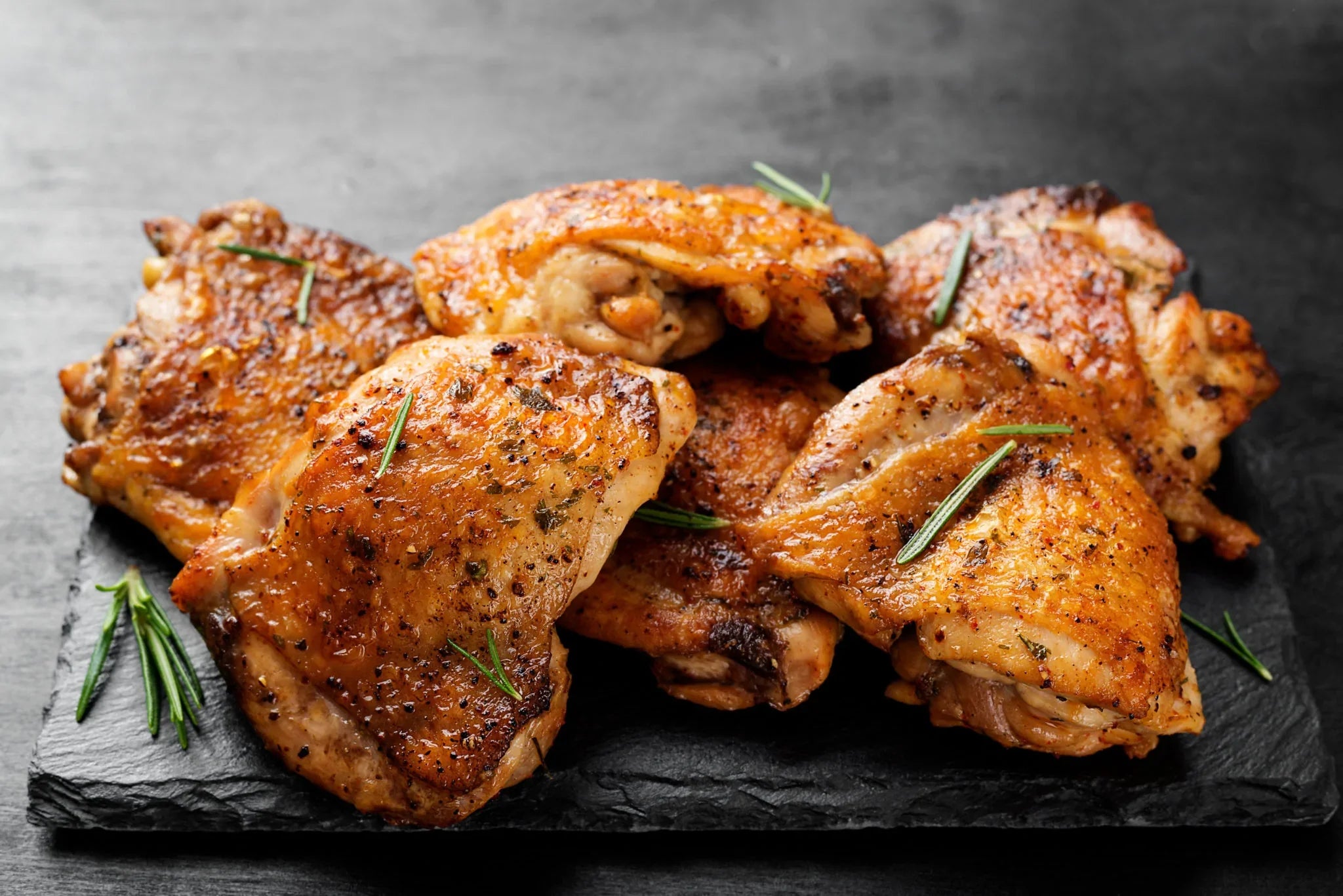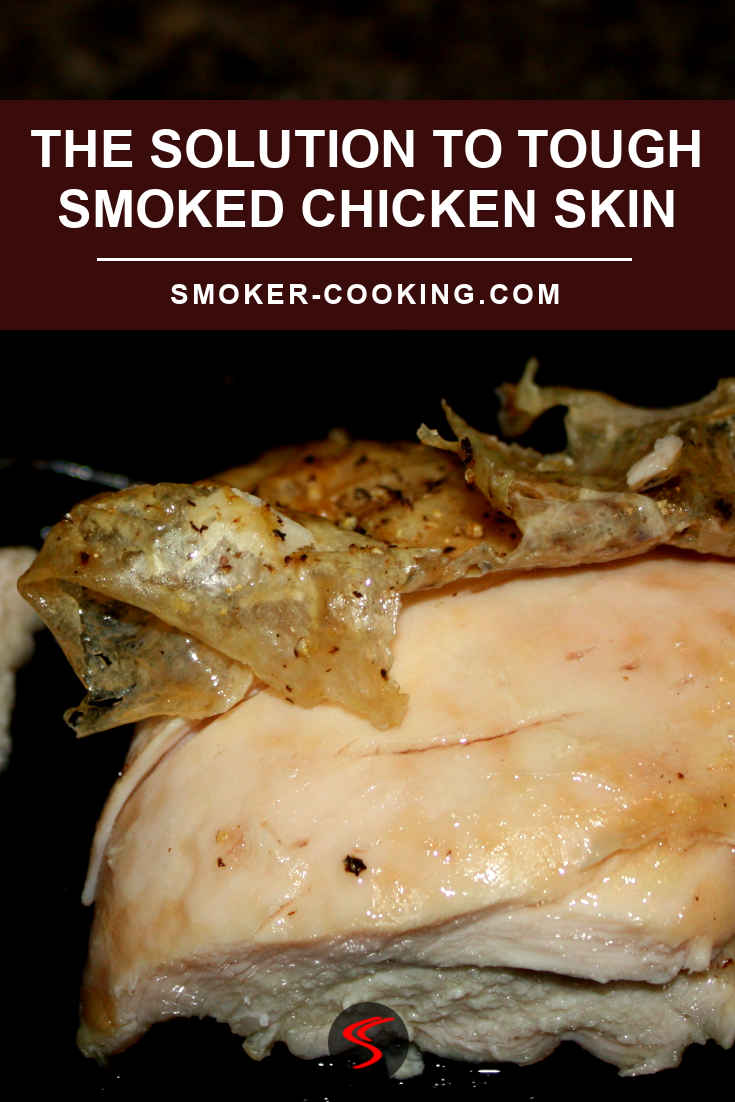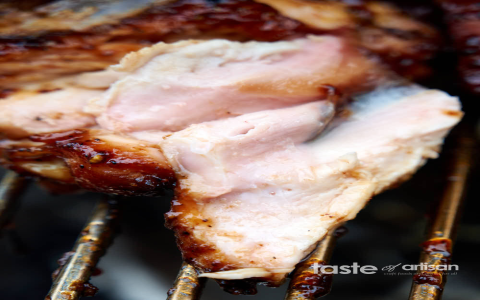How to Keep Chicken Skin from Getting Rubbery When Smoking
Smoking chicken can transform an ordinary dish into a flavorful masterpiece. However, one of the common challenges faced by many is achieving that perfect, crispy skin instead of a chewy, rubbery one. Fortunately, with some tried-and-true techniques, you can enjoy smoked chicken that’s bursting with flavor and boasts a delightful crunch.
Understanding the Science Behind Smoked Chicken Skin

The first step in achieving crispy skin is understanding why it often turns rubbery. When smoking chicken, the low cooking temperature can cause the skin to retain moisture. This moisture, coupled with the collagen in the skin, results in that undesirable rubbery texture. To counteract this, the skin must be adequately dried and cooked at the right temperature.
Proper Preparation is Key
One of the best defenses against rubbery skin is proper preparation. Begin by thoroughly patting the chicken dry with paper towels. Ensuring the skin is as dry as possible is vital in achieving a crispy finish. For even better results, consider leaving the chicken uncovered in the refrigerator for a few hours or overnight. This will allow the skin to dehydrate slightly, reducing moisture when it hits the smoker.
Optimal Cooking Temperature
Temperature control is critical. Smoking at very low temperatures can exacerbate the issues with rubbery skin. Aim to smoke your chicken at a slightly higher temperature. While traditional smoking may occur around 225°F, increasing the temperature to approximately 300°F can help crisp up the skin without drying out the meat. This temperature still allows for that sought-after smoky flavor while ensuring the skin cooks properly.
Basting and Sauces
While basting can keep meat juicy, it can also contribute to rubberiness of the skin if not done correctly. If you prefer basting, make sure to do so sparingly and towards the end of the cooking process. This will minimize moisture on the skin and prevent it from becoming soggy. Also, if you plan to use a sauce, apply it during the last 10-15 minutes of smoking. This ensures the sugars in the sauce don’t burn, resulting in an unattractive and acrid taste. Instead, a light brush of oil or butter before the final few minutes can enhance crispiness.
The Role of Seasoning and Marinades

Excess moisture is the enemy of crispy skin, and many marinades can add to the problem. Opt for dry rubs instead of wet marinades if crispy skin is your goal. Dry rubs help to flavor the chicken without introducing additional moisture, which can inhibit the skin’s ability to crisp up. You can also add baking powder to your dry rub. Baking powder encourages browning and helps break down proteins in the skin, enhancing its ability to crisp up.
Finishing on High Heat
For those who still struggle with getting that perfectly crispy skin, consider using your grill or oven for a finishing touch. Once your chicken has absorbed the smoky flavor and is almost cooked through, transfer it to a preheated grill or oven set to high heat. Just a few minutes at this higher temperature can make a significant difference, rendering the fat under the skin and resulting in a crisp finish.
Resting and Serving
Allowing the chicken to rest for a few minutes after smoking isn’t just for redistributing the juices within the meat. Resting any meat can help further firm up the skin due to the slight carryover cooking. Slice and serve after resting, ensuring you appreciate every crispy bite.
When smoking chicken, achieving crispy skin is an art that balances technique and patience. Through proper preparation, careful temperature management, and thoughtful finishing touches, you can transform your smoked chicken into a textural delight that complements its rich, smoky flavor. Enjoy the satisfying crunch next time you fire up your smoker.













